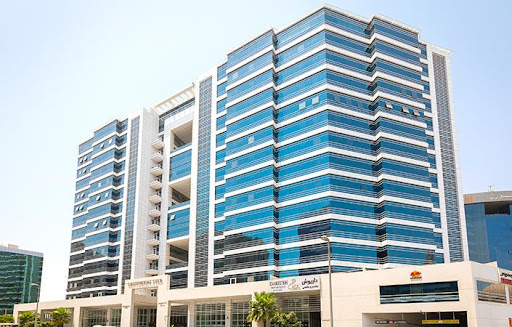The transport of chemicals, fuels, explosives, and other potentially hazardous items is an essential part of commerce in the logistics industry. However, improper handling of such dangerous goods can also pose serious risks to people and the environment. This is why regulations exist worldwide to standardize the classification, packaging, and transport of dangerous materials.
Adherence to dangerous goods regulations in Dubai is especially important given the high volume of international trade passing through local airports and seaports every day. Proper employee training on identifying dangerous goods and following regulatory protocols is a critical part of maintaining safety.
Classification According to Hazard Type
All dangerous goods must first be properly classified according to their hazardous chemical composition and physical properties. The United Nations Model Regulations delineate nine distinct classes of dangerous goods ranging from flammable liquids and gases to explosive or radioactive materials. Within each class are additional categories based on subtype and level of hazard. Accurate classification is the basis for subsequent segregation, packaging, and documentation requirements. For those regularly handling dangerous cargoes, dangerous goods courses in Dubai provide an in-depth understanding of classification standards.
Packing Goods Safely for Transport
After classification, dangerous goods must be securely packed in containers certified for their hazard type and consistent with packaging group criteria. Factors like inner receptacle materials, maximum capacity, closure systems, and secondary containment differentiate compliant vs non-compliant packaging. Multi-modal transport also requires attention to packing dangerous goods in large or intermediate bulk containers versus smaller receptacles based on journey legs involving different modes of surface, air, or ocean transport. Careful packing is just as essential as proper classification in Dubai.
Marking and Labeling for Identification
Proper identification through marking and labeling of dangerous goods shipments is another critical function of regulations. Information should be clearly visible on the outside of packages or freight containers and include the UN number, proper shipping name, hazard class, and packing group. Emergency responders rely on quick recognition, so abbreviations or incorrect labels easily lead to hazardous situations. Regularly exposing staff to dangerous goods courses in Dubai helps ingrain critical compliance habits.
Staying Current on Regulatory Updates
Regulations regarding dangerous goods are constantly evolving at international, national, and local levels to incorporate new scientific findings and harmonize standards across borders. Operators must diligently keep abreast of changes through reputable training providers. In Dubai, both the Dubai Civil Aviation Authority and Dubai Municipality issue periodic communications on updated dangerous goods regulations that other port authorities may adopt. Ongoing education guarantees safe operations remain aligned with modernized rules.
Correct classification, packaging, marking, and regulatory knowledge safeguard the transport of dangerous goods in and through the UAE every day. Compliance with dangerous goods courses in Dubai helps education levels catch up with the constant evolution of safety standards in this mission-critical industry.

